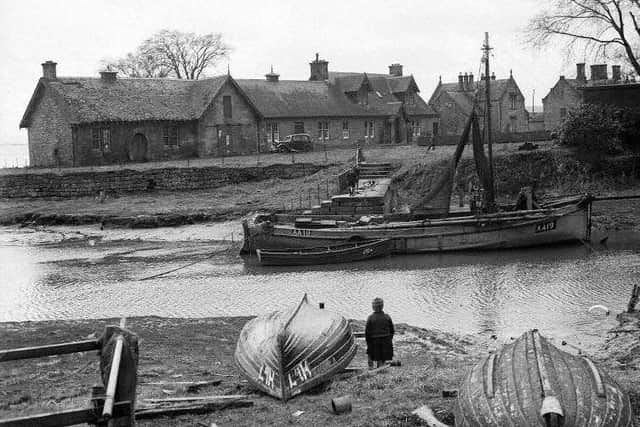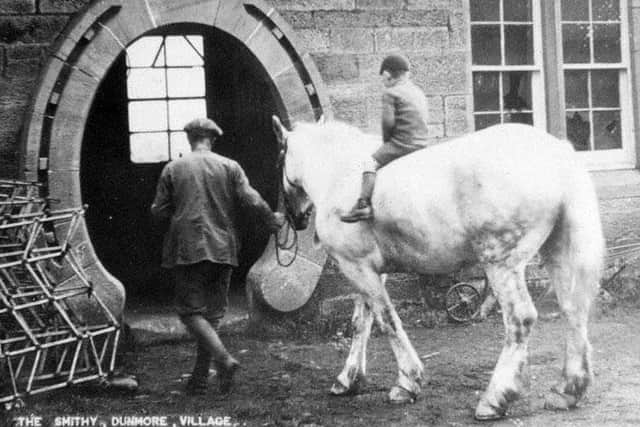Ian Scott: Dunmore is a hidden gem with history to spare
and live on Freeview channel 276
The name Dunmore only appeared in the middle of the 18th century when John Murray, soon to become the 4th Earl of
The village was then called Elphinstone Pans and, as the name implies, it was the centre of a small but successful salt making industry. However it was the export of coal that made the harbour so valuable. Back in 1655 a visitor reported that ‘Elphinstone’ was a ‘small toune where there is a pretty store of great coale shipped far beyond the seas’.
Advertisement
Hide AdAdvertisement
Hide AdThe new owner, the ‘man who built the Pineapple’, continued to exploit the coal measures but by the early years of the 19th century the pits were in decline. At this stage the village had three rows of miners’ cottages which by all accounts were in a dilapidated condition. With the saltworks long gone and the mines gradually closing many were unoccupied and others housed farm workers from the Dunmore estate.


Enter the formidable Catherine Herbert, widow of the 6th Earl. She was the daughter of George Herbert, 11th Earl of Pembroke, and had been a lady of the bedchamber to Queen Victoria. Among other things she helped to promote the famous Dunmore pottery and greatly expand the Harris tweed industry in which the family had an interest.
She was very familiar with typical English villages with communal greens and believed Dunmore could be developed along the same lines. She set about using her powers of persuasion and her wealth, and the result is there for us to see and enjoy today. The middle miners’ row was removed and the other two replaced by houses in the popular style of the day.
A new school was opened in 1875 and a well on the village green with attractive ‘lych gate’ style porch was unveiled a few years later. The smithy with its horseshoe doorway is still a prominent feature though it and the old school are now private houses.


Advertisement
Hide AdAdvertisement
Hide AdA message on the well makes it clear who was responsible for the improvements: “The School and the Village of Dunmore together with this well, built by Catherine Herbert Countess of Dunmore, were completed AD 1879.”
The new village continued to house estate workers and they were able to develop a new industry, salmon fishing on the Forth, which survived long after the Murray family had left the district.
We have many photographs of the fishermen and their boats with nets hanging out for repair on the green though most of the salmon are long gone. With the harbour no longer used for commercial purposes the village is now a small dormitory for those who work elsewhere and are lucky enough to live by the river.
In 1938 a bowling green was opened and there is surely no more beautiful place to play the ancient game.
Comment Guidelines
National World encourages reader discussion on our stories. User feedback, insights and back-and-forth exchanges add a rich layer of context to reporting. Please review our Community Guidelines before commenting.
